
Transforming Big Amounts of Data into Sustainable Decisions: an Asset Manager’s Road Map
Written by Natasha Bosman-Gertenbach, HDR and Angela Hili, Transurban
The purpose of this paper is to describe the effectiveness of a model framework to process and refine large amounts of data into manageable, communicable information in order to make sustainable business decisions.
A major problem for asset managers is creating a framework to communicate their professional opinion to decision makers. The problem can be considered in two stages. In the first stage the Asset Manager is faced with the challenge of managing vast amounts of technical data; data that has seemingly unlimited possibilities for analysis. In the second stage the Asset Manager needs to communicate the big data analysis.
On behalf of Transurban we recently studied the optimum pavement investment strategy over the life of a section of the Logan Motorway and Gateway Extension Motorway, Queensland. Our purpose was to identify its optimal existing capacity. Accordingly we studied both the functional and structural elements of the Motorway, within a network setting.
This paper describes the process adopted, the streamlining initiatives and the multi-criteria analysis involved to develop a program of rectification works. The program prioritises and optimises the timing and scope of the works, thereby revealing the optimum life-cycle investment.
Introduction
To develop a program of works to rehabilitate the Gateway Extension Motorway and part of the Logan Motorway, we were faced with two main problems:
- analysing a large volume and array of data to enable business decisions
- communicating the analysis and outcome to non-technical stakeholders
This case study outlines the process we developed to simplify the complexity and scale of our project and present the findings.
Case Study
Transurban Queensland (TQ) is the franchisee for the Gateway Extension Motorway and Logan Motorway operating under a Road Franchise Agreement (RFA) [1] with the Queensland Government. The Queensland Department or Transport and Main Roads (DTMR) is the administrator of the RFA on behalf of the Queensland Government.
When the RFA was developed in 2012, the Gateway Extension and Logan Motorways west of Wembley Road had notionally exceeded their design horizons. The RFA outlined a requirement to prepare a Pavement Rectification Program (PRP) to rectify non-conformances identified on the Gateway Extension Motorway and Logan Motorway within a pre-determined timeframe. TQ prepared the original program in 2011, and has delivered two large pavement rehabilitation projects on the westbound carriageway of the Logan Motorway in the last three years.
Initial investigations undertaken prior to the delivery of the next project identified that the pavements had not deteriorated to the extent predicted. Based on these findings, and the significant volume of pavement rehabilitation remaining in the PRP, TQ prioritised determining the optimum whole of life pavement investment strategy for the PRP network. The business requirement to review the PRP initiated the Pavement Rectification Program Review Project (PRP Review)
The scope of the PRP Review included the Westbound Logan Motorway from Ipswich Motorway to Wembley Rd (approximately 17km) and the Gateway Extension Motorway, North and Southbound from Logan Motorway to the Pacific Motorway (approximately 10km) as illustrated in Figure I.
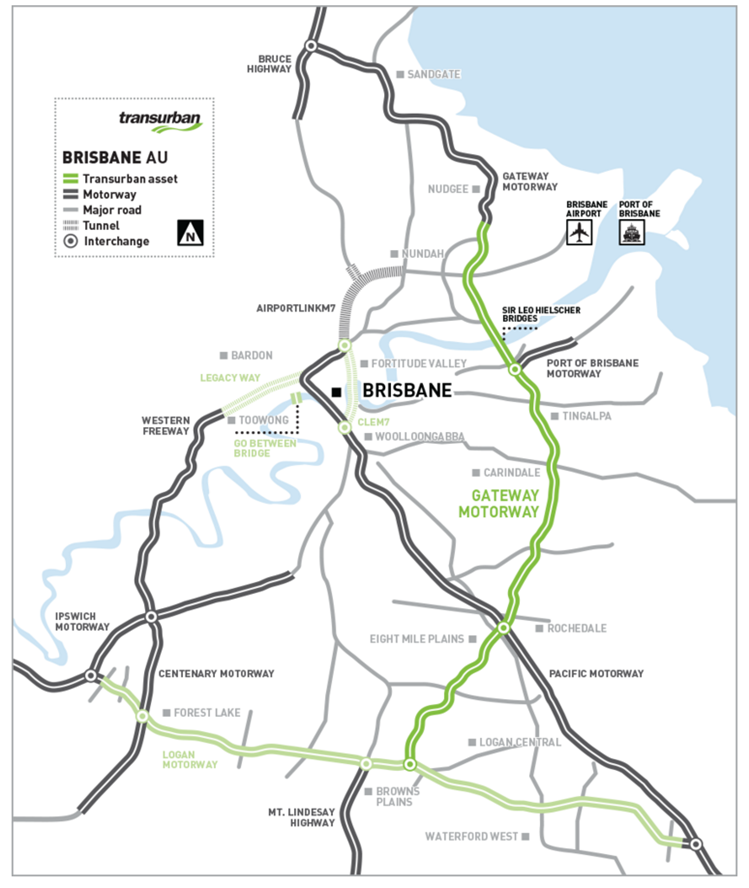
Figure 1: PRP Review Project Network
Framework for Evaluation
The objective of the PRP Review was to optimise the whole of life investment strategy for the pavement. One key challenge was aligning technical findings with operational objectives. Organisational context was considered at every stage of the project whilst conducting neutral data analysis.
We adopted the ISO 55000 [2] frame work to guide our analysis. Utilising the organisational context described in IS 55001 [3] we integrated local asset management guide lines and technical standards to deliver a project which was technically sound and delivered on organisational drivers.
Organisational context
ISO55002 [4] describes organisational drivers in terms of understanding the Organisation in terms of stakeholder needs and expectations for internal and external context. Some of the considerations for the PRP Review included:
- Financial requirements – initial capital expenditure and operational maintenance whole of life expenditure
- Road operations – understanding the tolerance of our road users in various temporary traffic arrangements and the financial impact of the disruptions.
- Legal – understanding the RFA requirements and limitations
- Internal Governance
- External Governance (DTMR, Queensland Government)
We outlined the relevant stakeholders in line with ISO 55000 where it specifies requirements for an asset management system within the context of the Organisation.
- External Organisation: Regulatory bodies: DTMR, RFA Concession Deed
- Internal Organisation: Risk Management, minimum Levels of Service
- External Stakeholders: Road users and nearby residents/businesses
- Internal Stakeholders: Technical and operational
Technical context
At the end of the franchise period the assets will be handed back to DTMR. TQ are bound to maintain the network to specific standards in accordance with local and national technical guidelines and specifications. Throughout the PRP Review the local and national standards and guidelines were used to conduct the analysis. The standards and guidelines used throughout the project are summarised below in Figure 2.
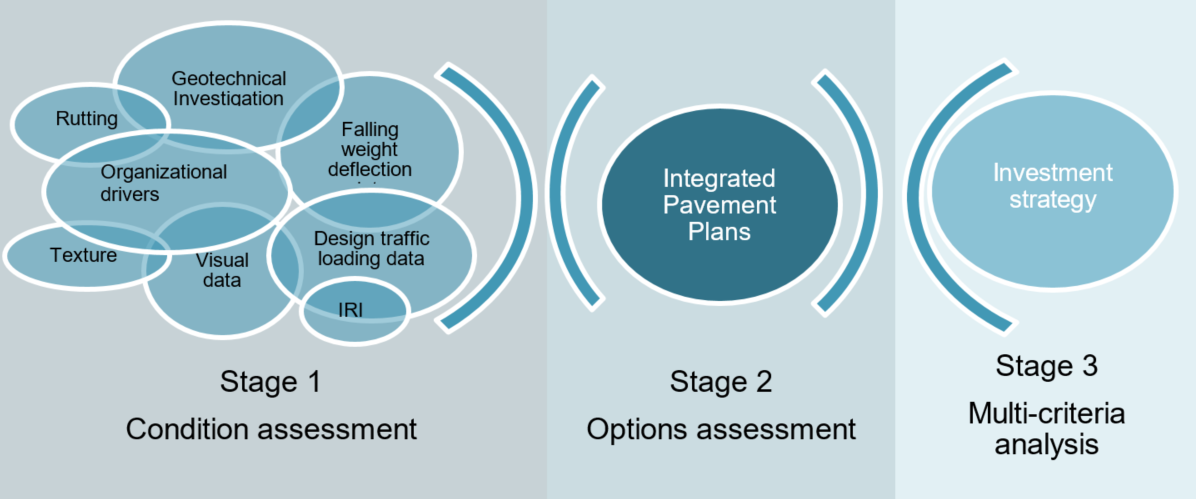
Figure 2: a summary of data collected, analysis and technical content
Proposed framework for delivery
Balancing organisational and technical context at every delivery state was critical. The initiation of the project set out three clear project stages:
Stage 1: Condition assessment, including a thorough understanding of the current condition of the PRP network
Stage 2: Options assessment, building on the detail of the condition assessment to inform strategic option development with consideration given to the organisational context
Stage 3: multi-criteria analysis was conducted using input from the technical analysis, but evaluating the outcomes in terms of the organisation context
Figure 3 represents the project progress in terms of inputs, outputs and the integration of technical and organisational context in the three project stages.
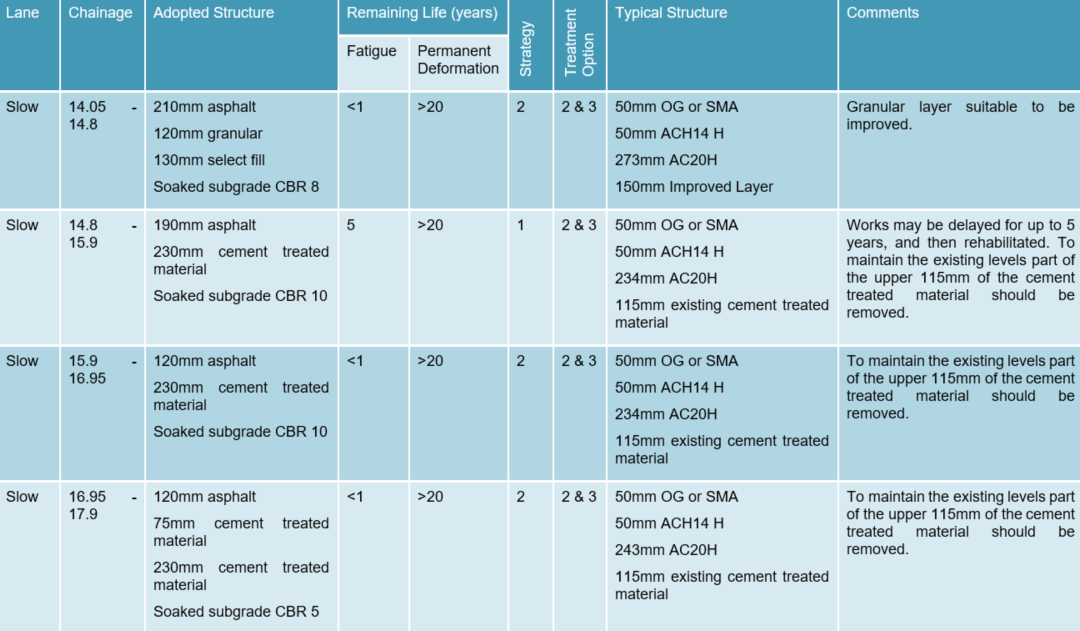
Figure 3: Proposed framework for delivery
Stage 1 Condition Assessment
The condition assessment stage was conducted from a technical perspective and reporting was based on the condition of the network and the asset performance criteria as set out by the RFA. The condition assessment can be broken into two sections: data collection and data analysis.
Data Collection
The available existing information for the PRP network was gathered for assessment. There was limited historical data available; however the following information was available:
- Limited as-constructed drawings
- pavement performance testing for from recent years (including Falling weight deflection data, profilometer data and crack measurement data
- Previous pavement investigations with isolated geotechnical data
The existing data was collated and a gap analysis undertaken to identify areas requiring further investigation. This included additional geotechnical testing and a detailed visual assessment. The non-destructive pavement data was collected in accordance the Austroads specifications [5] [6] [7] [8] and material testing was conducted in accordance with DTMR’s Materials Testing Manual [9]. A summary of the data collected, analysis performed and the technical context in chronological order is summarised in Figure 2.
Data Evaluation
The collection of data delivered vast amounts of data across a large motorway network. This was the point in our project that we encountered one of our biggest challenges: viewing and considering the data holistically in order to assess each area. To solve this problem, we developed our integrated pavement plans. These plans gave us the opportunity to collate all relevant data for each section of pavement such that it could be viewed together.
To correlate and verify the various data sets the integrated pavement plans were used to compare the functional testing data and the structural testing data to provide insight into the modes of failure. The integrated plan summarised all the data in uniquely named 100m segments in accordance with TQ’s asset management system. The data was also compared to the key performance indicators set out by the RFA to determine areas of concern.
From the data evaluation we were able to identify the cause and mechanism of distress across the project and identify whether immediate rectification was necessary in line with the RFA requirements or whether longer term remediation was needed.
These integrated pavement plans provided the opportunity to demonstrate simply to non-technical stakeholders the current condition of the PRP network. We found that even those stakeholders with no technical expertise were able to understand the issues being raised and assessed under this project. An example of the integrated pavement plan is provided in Figure 4.
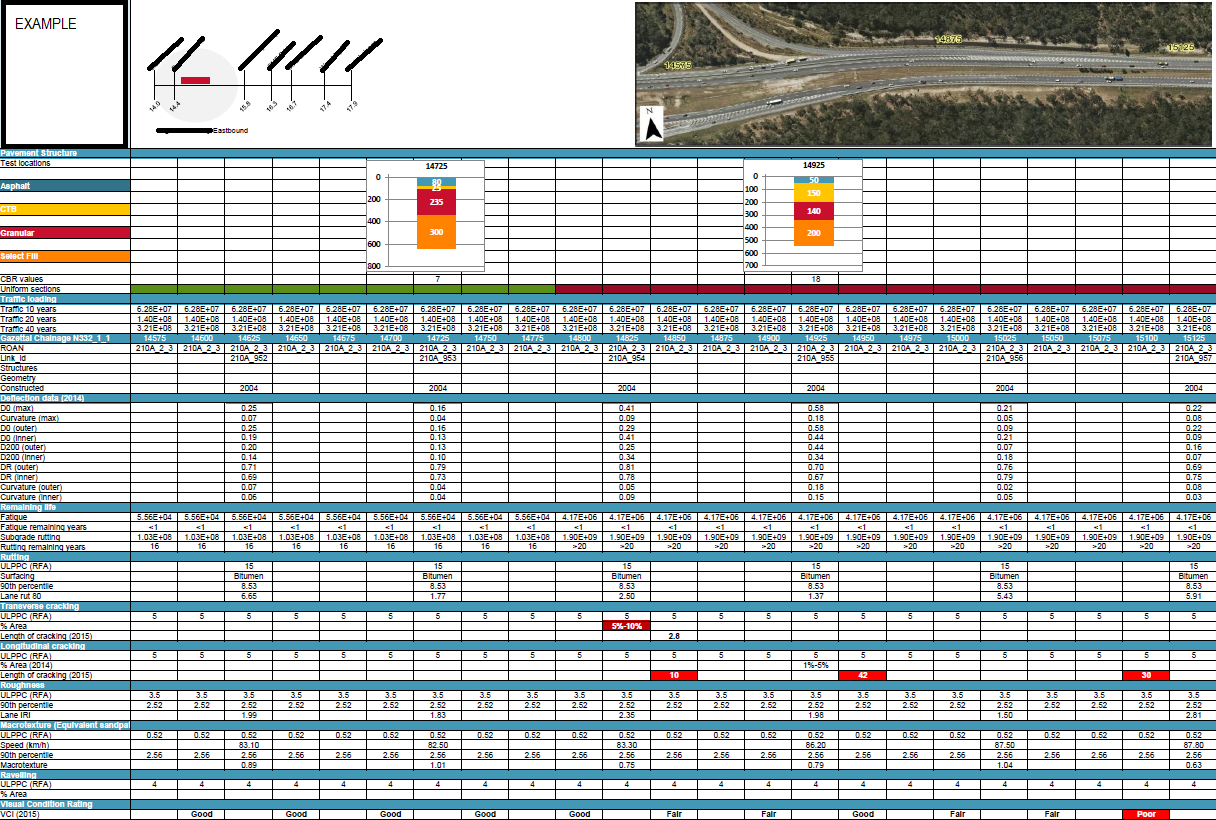
Figure 4: Integrated Pavement Plan example
Stage 2 Pavement Investment Strategy Assessment
To achieve the objectives of the project, the organisational and technical context needed to be integrated to form the pavement investment strategies. The strategies consisted of treatment options for various segments of the road determined from the condition assessment. The key elements of the strategies comprised of:
- Develop preservation options for the network
- Identify and verify priority locations of poor performance
- Review of strategies for phased implementation
To further inform the strategies, we developed a series of treatments to address how we might meet out our RFA operational and performance requirements for the concession period.
Treatment options
The treatment options were selected to minimise raising the existing road surface level; thus limiting impact to existing road furniture and reducing costs. However, to maximise the use of existing material, we allowed the pavement to be overlayed to a maximum of 100mm at the end of the concession period.
The treatment options are as follows:
- Treatment 1 Short term treatment and resurfacing actions
- Treatment 2 Long term structural treatment
- Treatment 3 Strengthening partial rehabilitation
The philosophy for Treatment 1 was aimed at repairing the poor areas by means of heavy patching, as well as resurfacing the remainder of the traffic lanes and shoulders. The treatment was not intended to strengthen the structure, but rather consider the means TQ may take to maintain serviceability over a five year period. We acknowledged that Treatment 1 is a higher risk treatment and should only be used as an interim treatment until full depth rehabilitation can occur.
Treatment 2 was a long term structural remediation that addresses the pavement’s structural capacity requirements of the RFA. For this treatment we considered the following full depth asphalt and deep strength repairs. Each option was evaluated against the 10, 20, and 40 year forecast traffic loadings.
Treatment 3 was a partial rehabilitation that may be required to increase the remaining structural life of the pavement to achieve the required remaining structural life at the end of the RFA concession. The structure will typically involve the removal of the wearing and binder course, minimal partial removal of the existing base course (typically 50mm) and lifting the base course and reinstating the wearing and binder course. The typical treatment options are summarised in Figure 5.
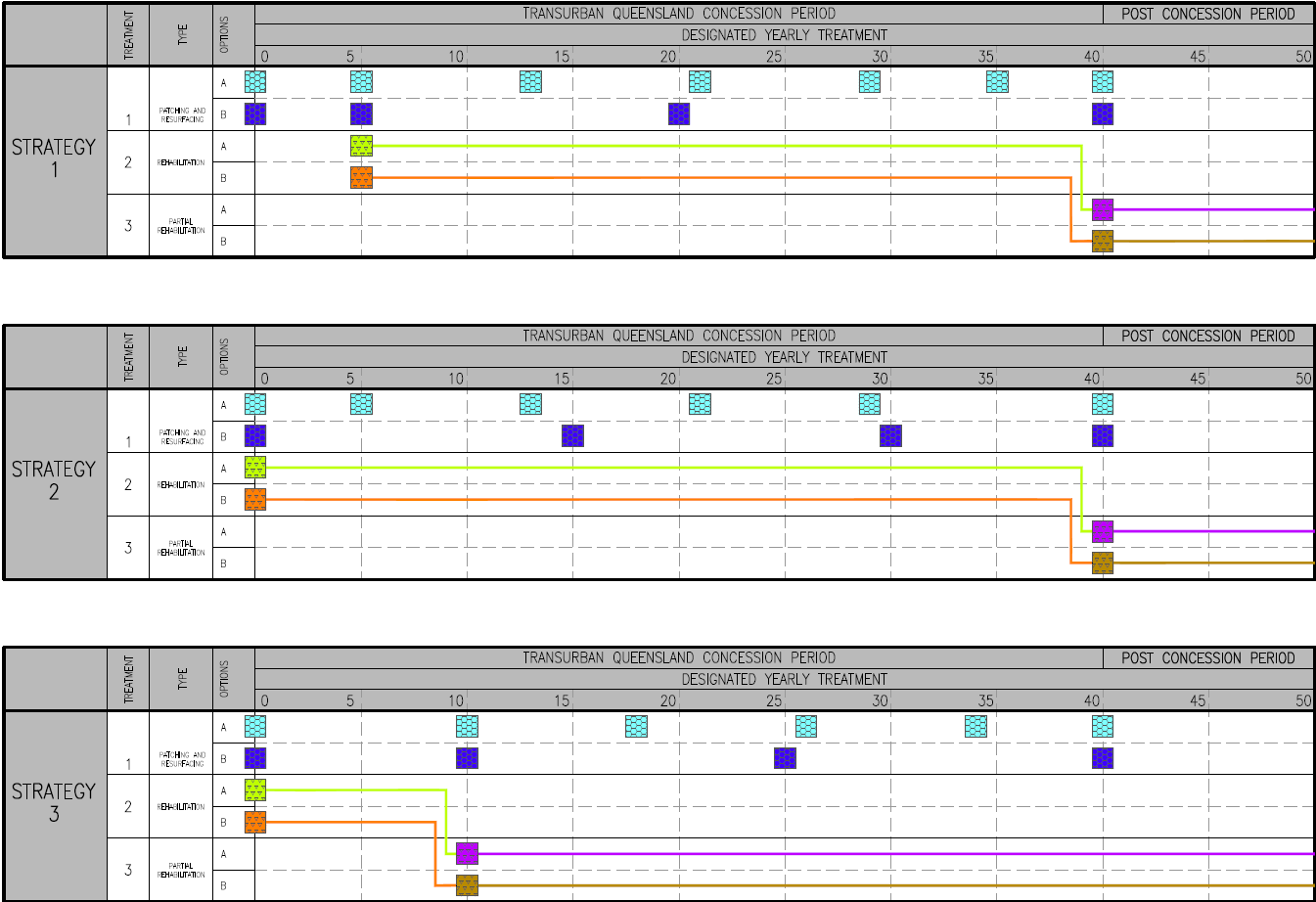

Figure 5: Strategies and Treatment Options
Pavement investment strategies
Three pavement investment strategies were developed that took into account TQ’s organisational context and the technical requirements of the various homogenous segments of the network. The strategies were developed in accordance with the requirements of the RFA.
Strategy 1 typically delayed the structural remediation of the pavements for five years. This strategy required a partial rehabilitation at the end of the concession period to ensure the hand-over remaining life requirements were met. This strategy involves treatment 1, 2 and then 3 in succession and was generally suited to pavements with a theoretical structural remaining life greater than five years where only the surfacing requirements need attending.
Strategy 2 typically involved the structural remediation of the pavement at the beginning of the assessment period and required partial rehabilitation at the end of the concession period. This strategy involved treatments 2 and 3 in succession and was generally suited to areas where the bound layers have fatigued, but the overall structure may still resist subgrade deformation and in situ stabilised layers may still be reused.
Strategy 3 typically involves medium-term structural remediation with further strengthening after ten years. This strategy involves treatment 3 then 2 and is generally suited to areas where the carriageway will be widened in the long term. The strategies are illustrated in Figure 5 above.
Strategy and treatment option outcomes
The strategies consist of different treatments, each with a number of options. These strategies were applied to different homogenous sections along each motorway. By undertaking an analysis of the strategies in this way, we were able to understand the typical treatments that were required and the suggested pavement structures that should be investigated in future detailed design scenarios. An excerpt of the outcomes is attached in Figure 6 below.
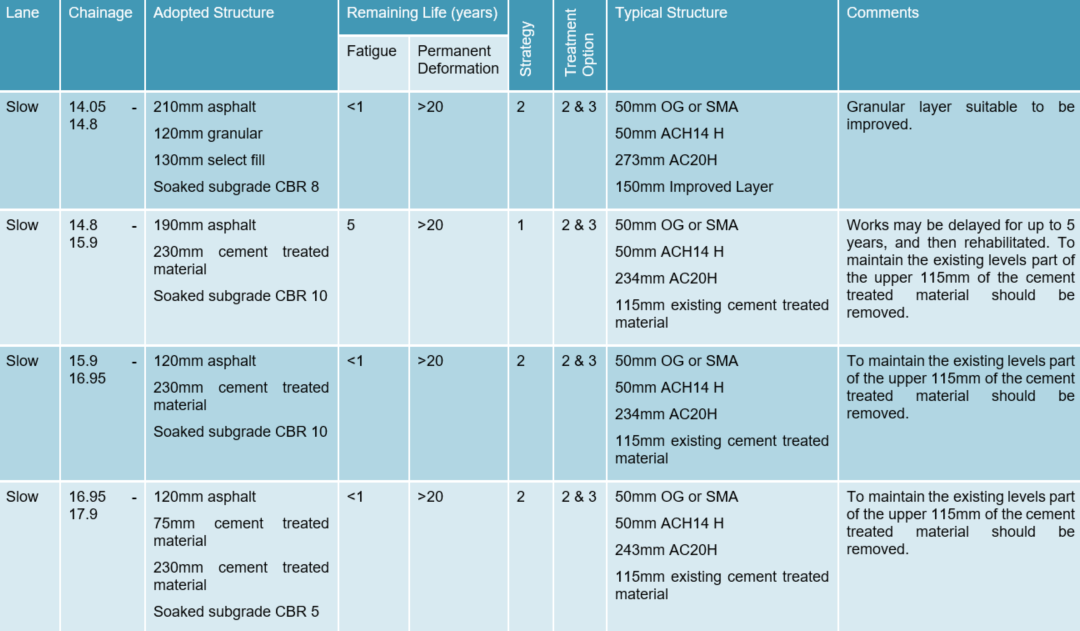
Figure 6: Summary of Outcomes of Strategy and Treatment Options and Treatment Analysis example
Stage 3 Evaluation
The Project objective to optimise the whole of life investment strategy for the pavements needed to be assessed with the operational context for TQ. In essence, this involved demonstrating that the proposed strategy provided a safe and reliable network to the road users before, during and after implementation of the strategy. The organisational drivers directly impacting the technical context are:
- Demonstrate compliance with the RFA Performance Specifications or best practice as appropriate
- Align the strategy with the timing of future capacity expansion plans where relevant
- Recognise motorway user costs and needs
- Minimise revenue impacts
- Prolong the life of the existing pavements
In order for the evaluation to yield optimal outcomes, the process had to be controlled and managed. The organisational drivers were categorised into the requirements of the relevant stakeholders and formed the basis of a multi-criteria evaluation process, and the formation of the evaluation matrix. The matrix was then scored against the identified strategies. The evaluation matrix is included in Figure 7 for information.
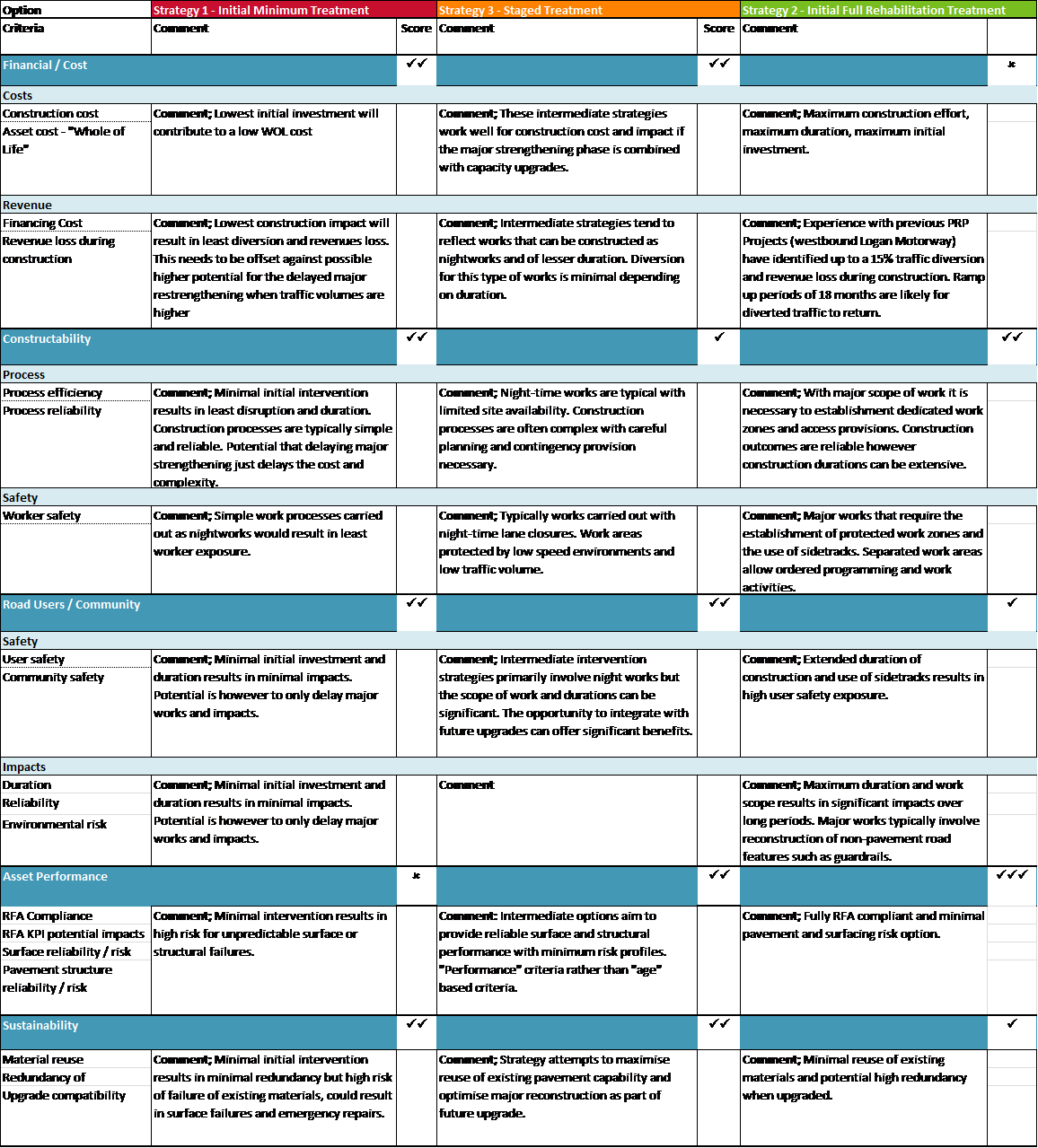
Figure 7: Multi Criteria Analysis Excerpts
The matrix in this instance was used as a high level review of a project program. It was considered that the matrix could be utilised at future Project levels and weightings could be applied to reflect actual project conditions.
In conjunction with the multi-criteria evaluation matrix, summary comments were developed under the main evaluation criteria: cost, constructability, road users/community, asset performance and sustainability.
Conclusion
The PRP Review project identified a wide range of rehabilitation strategies and a large number of homogeneous sections. To develop a revised PRP with reliable program estimates it was identified that PRP projects were representative of likely PRP projects. This development required assumptions to be made of project and delivery features. The program was broken in to logical sections and assumptions made that allowed cost estimating. The process did not allow optimisation or a full assessment of the treatment strategies rather a possibly conservative view of likely projects.
Key Outcomes
A key outcome of our project was the development of the integrated pavement plans. These integrated pavement plans acted as the asset manager’s road map on this project during the technical and organisational analysis of the strategies. The integrated plans acted as the guide to all further stakeholder discussions and options analysis.
In addition, the integrated pavement plans produced a number of advantages:
- During the condition assessment the integrated pavement plans were used to verify data. E.g. an isolated deflection reading was high – the data could immediately be compared to the visual data to determine if a pothole was present, or if the reading was located on a bridge structure etc.
- The data could be compared to other data sets to determine whether a non-conformances was function of structural, and if other mechanisms of distress needed to be considered
- During the pavement investment strategy assessment, treatment options could be developed that considered the asset as a whole. The proposed treatments and strategies could take into account the proximity to ramps, the condition of adjacent lanes and the condition of adjacent homogenous sections
- During the evaluation stage the integrated pavement plans acted as a visual representation of the data. The plans linked the technical analysis to the physical asset thus facilitating discussions with various stakeholders without the stakeholder having to digest volumes of technical information
- The integrated pavement plans simplified complex data to an easily understandable and viewable format that could be understood by both technical and non-technical stakeholders
It should be noted that the integrated pavement plans are not intended to be compared to more sophisticated proprietary software that optimises investment scenarios and models pavement deterioration. However, the data from these proprietary software packages can be included into the integrated pavement plans.
The integrated pavement plans could form the basis for future evaluation by:
- Highlighting variances over time in the regularly collected data, potentially identifying network hotspots that require further evaluation
- Provide an annual snap shot to asset managers and maintenance personnel when planning and conducting work on the network
Bibliography
[1] Queensland Government, Road Franchise Agreement between the State of Queensland and Queensland Motorways Ltd, The Gateway Bridge Company Ltd and Logan Motorway Company Ltd: Gateway Motorway Facility & Logan Motorway Facility Performance Specification Part 4: Asset Management, Brisbane: Queensland Government, 2011.
[2] International Organisation for Standardisation, ISO 55000 Series: Asset management, Switzerland: BSI Standards Publication, 2014.
[3] International Organisation for Standardisation, ISO 55001: Asset managment - Management systems requirements, Switzerland: BSI Standards Publication, 2014.
[4] International Organisation for Standardisation, ISO 55002: Asset Managemen- Management Systems - Guidelines for application, Switzerland: BSI Standards Publication, 2014.
[5] Austroads, Specification for Pavement Roughness Measurement with an Inertial Laser Profilometer, Sydney: Austroads, 2007.
[6] Austroads, Specification for Pavement Deflection Measurement with a Falling Weight Deflectometer (FWD), Sydney: Austroads, 2007.
[7] Austroads, Specification for Pavement Rutting Measurement with a Multi-Laser Profilometer, Sydney: Austroads, 2007.
[8] Austroads, Specification for Pavement Surface Texture Measurement with a Laser Profilometer, Sydney: Austroads, 2007.
[9] DTMR, Materials Testing Manual, 4 ed., Brisbane: DTMR, 2016.
[10] Fugro PMS, Pavement Serviceability Condition Report: Logan Motorway and Gateway Motorway Extension, Report No. R2011207-02, Version 2, Brisbane: Fugro PMS, 2012b.
[11] Fugro PMS, Pavement Condition Structural Report: Logan Motorway and Gateway Motorway Extension, Report No. R2011207-01, Version 2, Brisbane: Fugro PMS, 2012a.
[12] GHD, Queensland Motorway Pavement Survey Inspection Report, Brisbane: GHD, 2014.
[13] Aurecon, Pavement Performance Modelling, Final Report, Revision 2, Brisbane: Aurecon, 2014.
[14] Department of Transport and Main Roads, Pavement Investigation Gateway Extension, Report No. R377, Version 1, Brisbane: Queensland Government, 2003a.
[15] Department of Transport and Main Roads, Pavement Investigation Gateway Extension, Verification of Pavement Condition Prior to Proposed Remedial Works, Report No. FG7206, Brisbane: Queensland Government, 2003b.
[16] Department of Transport, "TRH 22: Pavement Management Systems," Department of Transport, Pretoria, South Africa, 1994.
[17] Department of Transport and Main Roads, Pavement Rehabilitation Manual, Brisbane: Queensland Government, 2012.
[18] Austroads, "Guide to Pavement Technology Part 5: Pavement Evaluation and Treatment Design," Austroads, Sydney, 2011.
[19] Austroads, Guide to Pavement Technology, Part 2: Pavement Structural Design, Sydney: Austroads Ltd, 2012.
[20] Austroads, "Guide to Asset Management Part 3: Asset Strategies," Austroads, Sydney, 2009.
[21] Pavement Management Services, Pavement Structural Condition Report: Logan Motorway and Gateway Motorway Extension, Report Non R2013056_3, Version 2, Brisbane: Pavement Management Services, 2013.
[22] Austroads, Mix Design for Stabilised Pavement Materials, Sydney: Austroads Inc, 2002.
[23] Austroads, "Guide to Asset Management, Part 5E: Cracking," Austroads Inc, Sydney, 2006.
[24] Austroads, "Austroads Guide to Asset Management, Part 5: Pavement Performance," Austroads Inc, Sydney, 2009a.
[25] Austroads, "Guide to Asset Management, Part 5G: Texture," Austroads Inc, Sydney, 2009b.
[26] Austroads, "Austroads Guide to Pavement Technology, Part 5: Pavement Evaluation and Treatment Design, Third Edition," Austroads Ltd, Sydney, 2011.
[27] Department of Transport and Main Roads, "Materials Testing Manual, Test Method Q115, Unconfined Compressive Strength of Compacted Materials," Queensland Government, Brisbane, 2010.
[28] Department of Transport and Main Roads, "Pavement Design Supplement, Supplement to 'Part 2: Pavement Structural Design' of the Austroads Guide to Pavement Technology," Queensland Government, Brisbane, 2013.
[29] Department of Transport and Main Roads, "Transport and Main Roads Specifications, MRTS05 Unbound Pavements," Queensland Government, Brisbane, 2015.
[30] Douglas Partners, Factual Report on Geotechnical Investigation, Pavement Rehabilitation Program 2014, Gateway and Logan Motorway, SE Queensland, Revision 1, Brisbane: Douglas Partners, 2015.
[31] Fugro PMS, Pavement Visual Condition Report: Logan Motorway and Gateway Motorway Extension, Report No. R2011207-03, Version 1, Revision 1, Brisbane: Fugro PMS, 2012c.
[32] Austroads, "Guide to Asset Management Part1: Introduction to asset management," Austroads, Sydney, 2009.
[33] Austroads, "Guide to Asset Management," Austroads, Sydney, 2009.
[34] TMR, "Pavement Rehabilitation Manual," TMR, Brisbane, 2012.
